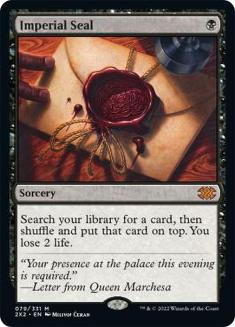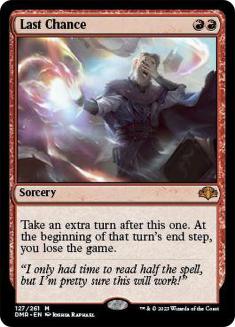In the beginning, there was Alpha.
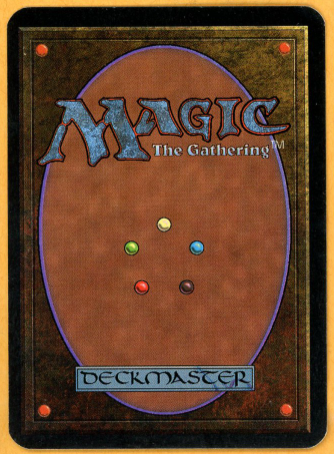
And it was good.
Then came Beta, and all was thrown into disorder.
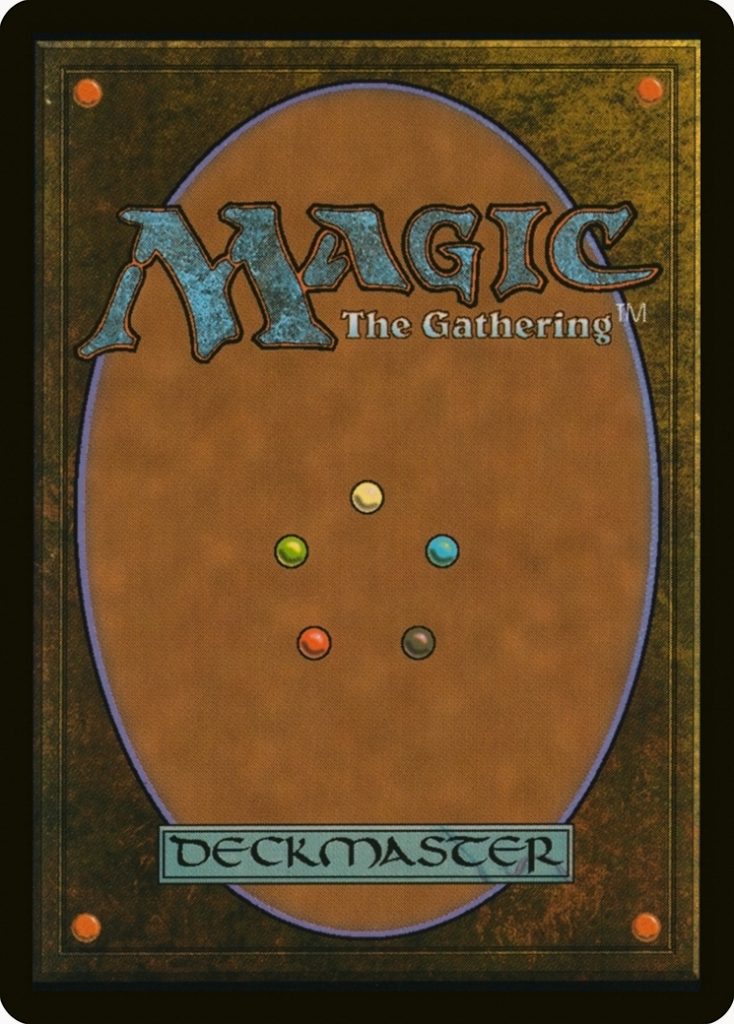
Thankfully, pure chaos was avoided.
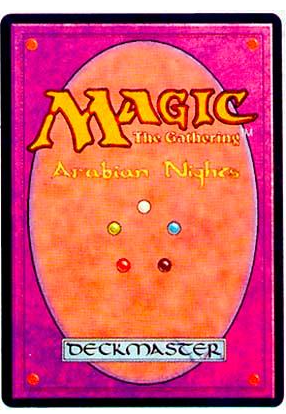
Allow me to rewind for a second.
Tournament-legal Magic: The Gathering (MTG) cards have used the same design on the back of the cards since Alpha. The Alpha edition had slightly more rounded corners than the traditional Magic card, but all tournament-legal cards since Beta have the corners that we have come to know and love.
Richard Garfield originally wanted each new expansion set of MTG to have a differently branded and colored back, which is where the Arabian Nights picture above comes from. Back in those days, people didn’t play with card sleeves. This idea was scrapped, as people would be able to tell what spells they were about to draw if they only used cards from a unique expansion.
Fast-forward eighteen years to Innistrad. Wizards of the Coast (WotC) introduced a new type of card in this set, the double-faced card (DFC). Now, the back of a Magic card could look like this:
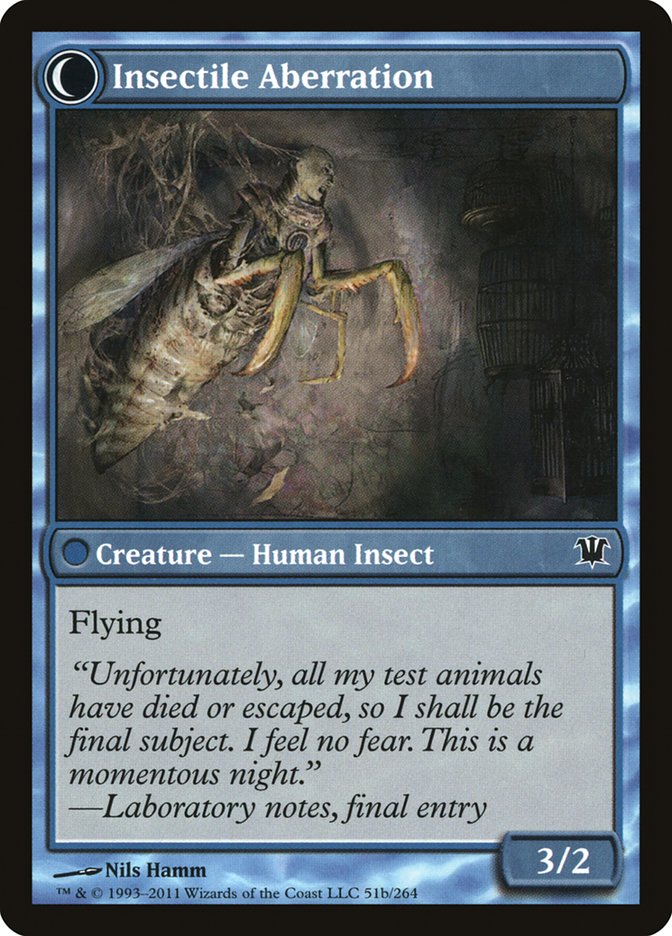
And these cards would either be played in fully opaque sleeves or represented by a checklist card.
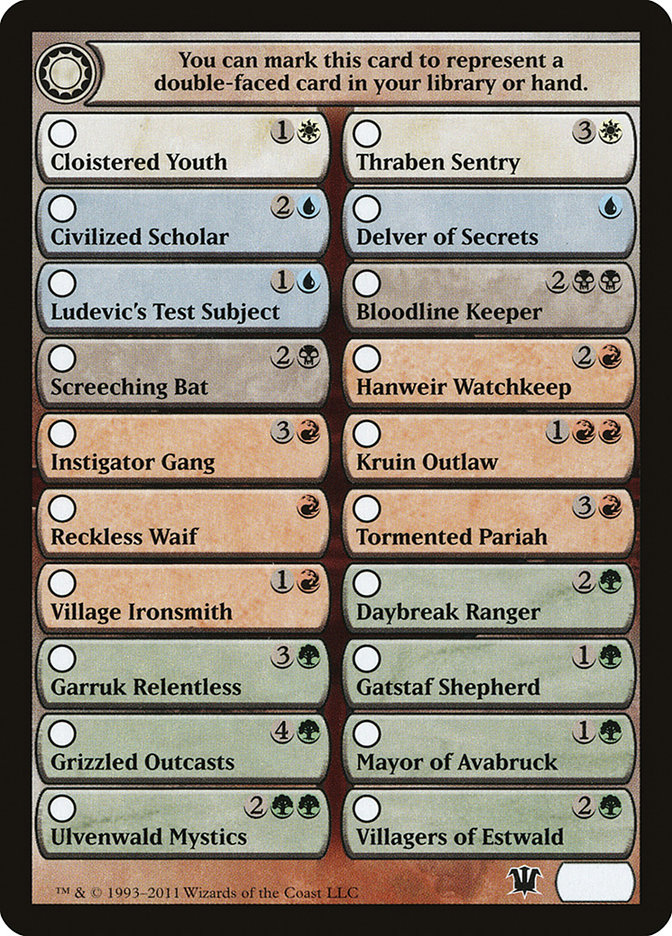
DFCs became a regular feature in Magic. They returned with more frequency, and finally just became an evergreen mechanic starting with Zendikar Rising. Since then, every Standard-legal set has featured some version of DFCs.
Let’s take another look at the back of a typical MTG card.

Here are some observations:
- Deckmaster was supposed to be the brand name for all trading card games that spun off from WotC. This idea was quickly abandoned, and Deckmaster as a brand name means virtually nothing. There is no reason for that word (or name) to be on the back of a Magic card.
- The design is super-archaic. No offense to Jesper Myrfors and Christopher Rush (the two people who designed the Magic card back), but graphic design has come a long way since 1993, and WotC / Hasbro has a lot more resources to make the back pop in a way it currently does not.
- The five colors in Magic would be better-represented by mana symbols than by nondescript circles of color.
- That “TM” jutting out of the top right part of the circle on the back of the card is just jarring.
This brings me back to our old friend, the Reserved List.
I won’t get into whether or not the Reserved List should exist. I don’t want to get sidetracked there, especially when Mark Rosewater has made it abundantly clear that the topic is not open for discussion at this time.
Instead, I’d like to talk about what constitutes a tournament-legal Magic card. From 1995 to 1999, Alpha cards were only legal for tournament play if your entire deck consisted of Alpha cards. Starting in the year 2000, WotC updated the tournament rules to allow Alpha cards universally, as long as you played with opaque sleeves.
Between DFCs and Alpha-cut cards, we’ve established that a tournament-legal Magic card does not need to have the typical Magic: The Gathering card back. This brings us to another point made by Mark Rosewater, again related to the Reserved List:
Now, why would this be an issue? Because there are already multiple sets of cards that have gold-bordered backs. The two I’d like to talk about today are Collectors’ Edition and World Championship decks.
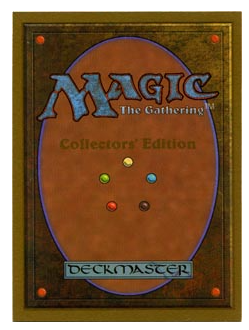
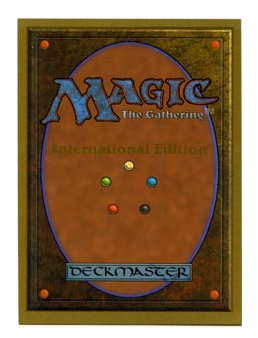
The Collectors’ Edition and International Collectors’ Edition commemorative box sets were produced at the end of 1993 and were reprints of the entire Beta set. All 302 cards from Beta were included, along with an additional 61 basic lands. There were roughly 10,000 Collectors’ Edition sets and 5,000 International Collectors’ Edition sets produced. These cards are distinguishable from Beta cards in three significant ways:
- The border on the back of the cards is in gold instead of black.
- The cards have square corners instead of rounded corners.
- The words “Collectors’ Edition” or “International Edition” are printed in gold lettering between the Magic logo and the color wheel.
From the front, Collectors’ Edition cards are only distinguishable from Beta cards based on their square-cornered borders.

WotC released another commemorative box set in May 1996. This was the Pro Tour Collector Set, and featured cards with a completely different back, and a gold-bordered front, signed by each deck’s pilot for the first Pro Tour event. This series then continued as a set of four decks released each year from 1997 to 2004. Each deck highlighted one of the top-finishing decks during that year’s World Championship event. Each year, the back of the card was redesigned, but the fronts of the cards stayed the same: gold-bordered and signed by the person who played the deck.
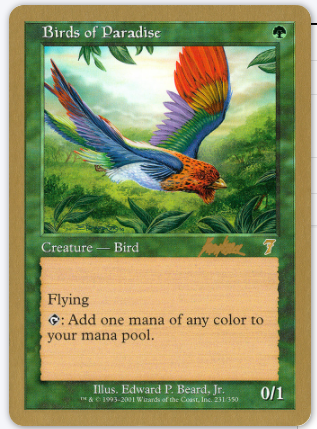
Putting this all together, we can establish the following facts:
- A Magic card does not need to feature the traditional Magic card back in order to be tournament-legal, as long as the cards are played in an opaque sleeve. (DFCs)
- A Magic card does not need to feature the traditional Magic corner cut in order to be tournament-legal, as long as the cards are played in an opaque sleeve. (Alpha cards)
- A Magic card does need to have the dimensions of a regular Magic card in order to be tournament-legal (as oversized/mini-cards are not tournament legal).
- WotC has no plans to further change or abolish the Reserved List at this time.
- WotC considers any future standard-sized gold-bordered reprints to be in violation of the Reserved List.
I’ll raise the question – why aren’t gold-bordered cards declared legal for tournament play at this point? Every precedent that WotC has laid out shows that this is an arbitrary decision. These cards are officially produced WotC products. WotC has shown (through #5) that there is thought being given to making Collectors’ Edition and World Championship cards legal, as they are not willing to produce any further versions of these cards.
This wouldn’t be the first time WotC allowed cards into tournament play that weren’t originally designed for tournament play. Did you know that WotC produced four sets designed to help people learn to play Magic? These were called Portal, Portal: Second Age, Portal: Three Kingdoms, and Starter 1999. These sets were produced between 1997 and 1999, but were not legal for any tournament play until October 2005! At that time, they were made legal for Legacy and Vintage play – which also translates to Commander play in this day and age.
There is already a tremendous organic groundswell of acceptance for gold-bordered cards in casual and competitive play. Numerous unsanctioned Vintage events allow the free use of Collectors’ Edition and World Championship cards. The majority of Commander play groups allow these types of cards. These are not newly produced cards, so they would not break the Reserved List rule of “we won’t reprint these cards anymore” from WotC.
It’s time for Collectors’ Edition and World Championship cards to be officially recognized as tournament-legal cards for Magic: The Gathering play. This would open up the ability for a lot more people to get into Vintage and Legacy formats, and would codify the use of cards like gold-bordered Gaea’s Cradle for Commander decks.
If you would like to see this change happen, join me on Twitter @StarCityBen and use the hashtag #WotCMakeGoldLegal, and let’s see if we can be the voices needed to effect this change!


